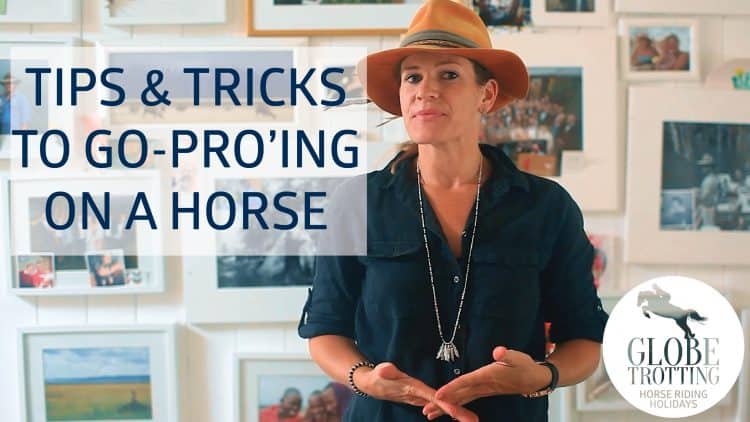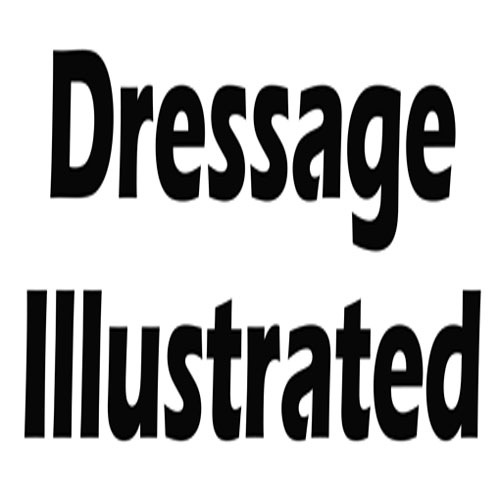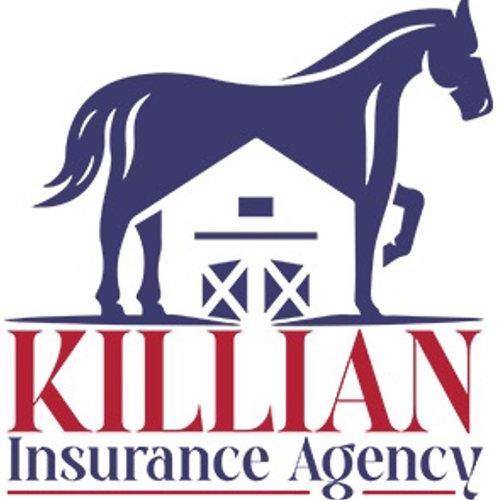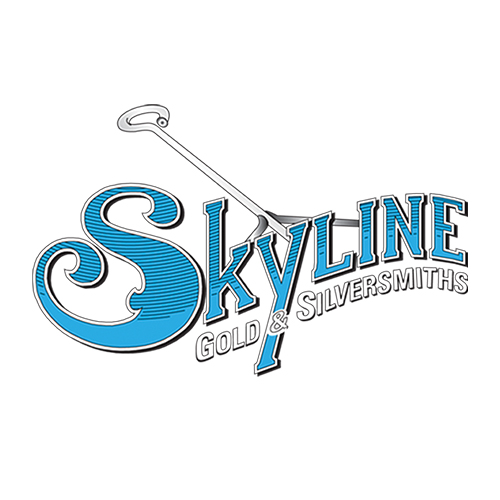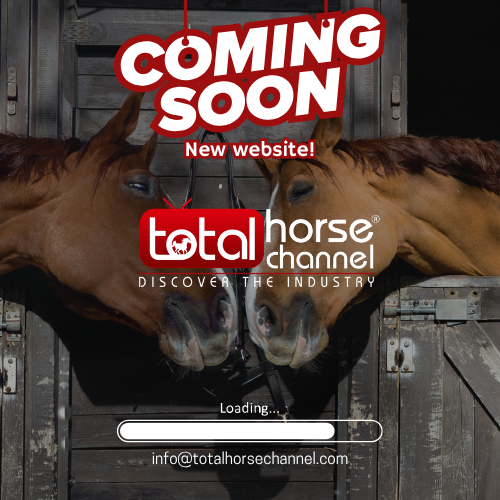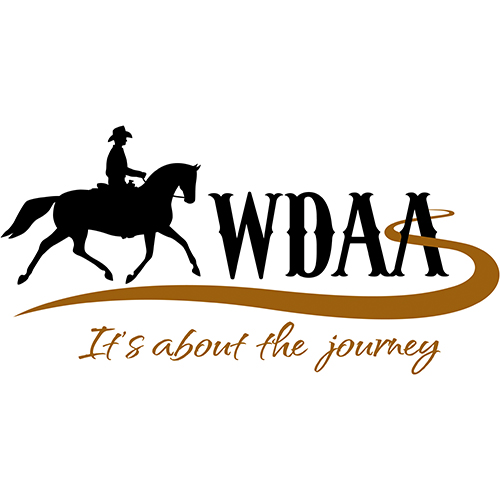GoPro’s are the perfect filming device when riding a horse, as they are pocket size and have built-in stabilising facilities – no this isn’t a sponsored post. But when you travel the world on horseback, you want to be able to record your memories and a GoPro is the best way to do it! Unlike a handheld camera where the footage becomes a 30-second tribute to the sky or ground, a GoPro can be fixed to a helmet, pole or chest harness to hold it steady and allow you to concentrate on riding. Kind of important!
There are oodles of GoPro accessories that you can buy. We’ve trialled and tested quite a few to find the best angle when riding. This is the equipment that works for us:
- The camera body that we’re using on our rides is the GoPro Hero3+, we’ve also got older versions, but the Hero3+ is a vast improvement with the vibrance of colour and the breadth of ISO for recording in low light conditions. I’m not going to go into the technical attributes as you can find this online. It does come with the waterproof housing and also the WIFI remote so that you can steer the GoPro from the remote (we have the wrist band), this is especially handy when the GoPro is already fixed to your helmet. Keep in mind, on the majority of horse riding holidays there is no WIFI so the remote doesn’t work or cuts in and out.
- GoPro helmet front mount – this is a easy and no-fuss way to record when riding. You need to make sure its titled so it has your horse’s head and neck in the foreground to give perspective when filming. In saying that, it gets quite boring watching this one frame, unless you’re jumping or playing polo, which is fast-paced and action driven. If you’re going for a leisurely trail ride through the bush, you’ll need to switch it up. Here is a video using the go-pro with the helmet. The go-pro has quite a wide angle which is great and the footage is super stable thanks to the helmet. I would suggest recording when your guide tells you you’re about to go for a canter or trot or approaching wildlife. Don’t record for hours at a time as you’ll not only chew through your battery, you’ll waste valuable card space. With the wide view, wildlife looks miniature size unless you’re eyeballing them, so if you want your riding friends in the frame at a decent size get up, close and personal.
- GoPro chest harness mount – we don’t have the chest harness, but I’ve seen footage using the chest harness when riding a horse. Its not a great angle to view your ride from because unless you are really tall, the entire frame is of your horse’s neck. And also when you ride, you are moving your head to take in scenery not your chest, so it will be a completely static view the entire time. Also, its not the most comfortable harness to ride in for long periods at a time.
- GoPro head strap mount– similar to the helmet front mount, if you don’t ride in a helmet (we recommend you ride in a helmet!), then the head strap mount can fit over a cap, akubra with adjustable straps. Keep in mind, its not as stable as the helmet front mount so your footage may not be as stable.
- GoPro suction cup – clearly this won’t stick to your horse’s rump or neck (unfortunately), but we do take our suction cup on trips with us. The reason being, we stick it to cars when we’re travelling to the location. When editing our videos its great to fast forward the drive into a property for the first time to see the landscape, culture and accommodation as a introduction to the ride video.
- GoPro wrist housing – This is an okay mount for a different angle when riding. Obviously the GoPro needs to be facing out but it’s a super angle to interlace with other footage and it doesn’t obscure your riding. It’s best when riding with groups and again when you’re having a canter or gallop, you can approach fellow riders and angle the GoPro to capture them cantering beside you. Make sure the wrist strap is tight and secure before recording.
- GoPole bobber – this is a hand grip pole which was released for water filming as it floats. We always take the bobber on our trips as it’s handy if you want to film under water when horses are swimming. Its also small enough to attach to your GoPro and throw it in your saddle bag or pocket in between riding. If you’re comfortable at riding one handed, I love this mount.
- GoPole extension pole – Last but certainly not least, we find this is the best mount for riding after a recent trip to Canada. You’ll see snippets of it used in this video. Its not for everyone, as you have to ride one handed the entire time, so if you have a horse above your skills, it might not be wise. You’ll see that it’s transparent plastic so it doesn’t obstruct your frame when filming and it floats. It gives you a range of angles, where you can film an aerial shot of yourself riding along and your fellow riders.
Battery & Memory cards
- A lot of Globetrotting.com.au‘s remote rides in Kenya, Botswana, Namibia don’t have access to power throughout the trip so battery conservation is paramount. Depending on your budget, I would make sure you have at least three batteries in your kit bag. We’ve been known to chew up a battery in one day. A good option is to take an auto charger so you can charge flat batteries from a vehicle. A lot of the safaris have support vehicles, so you’ll be able to charge your batteries when you get stuck. This is what we’ve done in the past and it works well.
- I would prefer to have 2 x 32GB memory cards in my kit rather than one 62GB card where it becomes the mothership of all your video files. What if you were to lose it? What if the card errors? You probably won’t use an entire 32GB card throughout the trip, but it’s good to change them throughout the trip just in case.
Once home, it’s the moment of truth where you download your video files from your trip and relive your ride. No doubt you’ll have a library of video files of your trip, some will be great and others not so much. Friends and family don’t want to see your unedited video footage unless someone is being mauled by a lion or falling into an icy, fast-flowing river. If you do want to show friends and family, and if you have the skills, you should compile the highlights of your video footage and put it together into a video montage – five minutes maximum of your trip with one of your favourite songs as backing music. Short and sweet is the trick here.
Its a lot of work but worth it in the end and then you have a polished keepsake of your trip that is in a bite-sized format that you can share on Facebook, vimeo or via email. The software that we’ve used is iMovie and have recently up-skilled to Final Cut Pro. There are a plethora of youtube videos out there educating you in the finer skills of video editing that can hold your hand through the process.
And remember to have fun!


